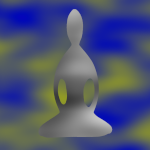January 31 – Gratitude
Dear Friends, As another January draws to a close, I want to thank you for your words of encouragement, your comments and emails, and your dedication to your practice. It’s so much easier to sit on the cushion each day, knowing that many of you are joining me in that practice. A practice of gratitude is a support… Read More »
